I’ve noticed that my sense of direction is out of whack here on the underside of the planet — not that it’s ever great. I think it must have something to do with the position of the sun in the sky. It’s in the east when it “should” be in the west, and vice versa. I wonder if that throws off my internal compass. Also, the length of days is inverse from what it was in the North, so that’s a little confusing. Dan’s doing pretty well though, which is odd because he is often lost up north. Maybe he’s a southerner at heart.
(Also: There’s no reason, beyond Eurocentrism, that we regard the north pole as the top of the planet, is there? Isn’t it strange to think about Patagonia being up at the top of the globe?)
Santiaguinos, like their city, take no pains to cater to tourists. If you talk to them, they’ll talk back — usually amicably enough. But otherwise they aren’t particularly interested in you. Well, one guy did ask us today in English if we wanted to buy weed. But that was about it.
And my God, the speed of their Spanish! I find I can make myself understood OK, but once the response gets past “si” or “no,” I’m at sea.
It’s interesting visiting a capital city that is so indifferent to tourists. I have a feeling here of seeing things that probably few other North Americans have. Not because we are unwelcome, but because we haven’t been invited. I think North Americans like to be invited. With things like bilingual signs and people who can speak a lot of English.
Rare is the occasion you see a Santiaguino smile. They’re a somber bunch, and we noticed this as early in the trip as the departure gate at the Toronto airport, which felt something like a library.
The day’s activities:
So the first thing we did today was wander through some of the central city’s many shopping arcades. Imagine the downtown Cleveland arcades times about 100, and you’ll get a sense of what it’s like. So many little shops, each selling exactly one quad-necessity of life: wigs, stamps, sparkplugs.
Dan stopped and got a cappuccino at the famous local coffee chain, Caffe Haiti. Turns out cappuccinos here come loaded up with about a foot of whipped cream, about to be enjoyed below by a happy Dan.
We really wanted to see the Precolumbian Art Museum, but it’s closed for renovations, so we ended up at the National History Museum instead. This group of native performers stood around for a while in the lobby, and a woman talked on a microphone, but then they filed out without ever actually having performed. Ooops!
We walked to Barrio Brasil, the up-and-coming hipster neighborhood, about 2 km to the west of our apartment. All the buildings in Santiago have either been built or retrofit to be earthquake resistant because of the magnitude of quakes here. We were thinking, this has probably contributed to the city’s growing reputation for good contemporary architecture. For many years, they’ve been needing to build new buildings! Here’s some cool brutalist residential architecture, with just a hint of color:
Barrio Brasil is quite the student-leftist bastion, with all kinds of angry graffiti on the buildings. This one says “Prefiero morir como rebelde que vivir como esclavo.” (I’d rather live as a rebel than die as a slave.) Others pronounced “Capitalismo es muerte.”
A tiny barrio, Concha y Toro, hides away in a corner south of Barrio Brasil. It’s a warren of twisty streets and stone mansions, and apparently declined after the construction of a nearby highway.
The city is overall a pleasantly bustling place, but there’s an area around the Estacion Central that’s a real hornet’s nest. Street vendors and congested sidewalks. For steampunk fans, the Estacion itself is a real find — designed by Gustav Eiffel’s firm:
We hopped on the subway — after contortions in Spanish to buy our tickets — and headed north. The subway is very clean!
The Cementerio General wasn’t mentioned in our guidebook but I’d seen something about it while Googling around yesterday. It lies a few miles north of the center — a necropolis enclosed by high Andes peaks, with most of the graves aboveground. It’s been one of the highlights of the trip so far.
On the opposite side of the fancy, rich-dead-people section is an open field of in-ground graves and a few group-mausoleums. The in-ground graves are festooned with whirring pinwheels and plastic toys — a whimsical counterpoint to the somber rich-people section. Looming over everything, in mostly a good way, is Gran Torre, below, the second-tallest building in the southern hemisphere.
At the edge of the poor section is buried Victor Jara, the famous Chilean folk singer. When I asked the guard at the front gate where this was, he called me “amigo,” which I took as a sign of leftist solidarity!
We closed out the day with dinner at one of the tiny seafood restaurants inside the Vega Chica, the non-tourist veggie market we visited yesterday. We split two dishes that the waitress recommended. One was clearly the tourist special (first photo), decent enough, but the other was a plate of fried heaven. Fish and french fries (second photo). The fish in this second dish was spectacular: Dense and mild, with the lightest breading. The fish is called reyneta, a Chilean specialty.



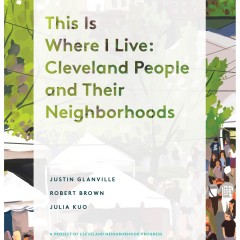

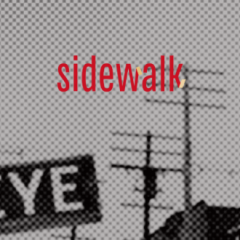



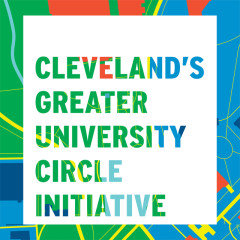
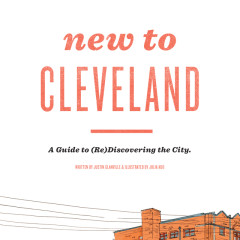




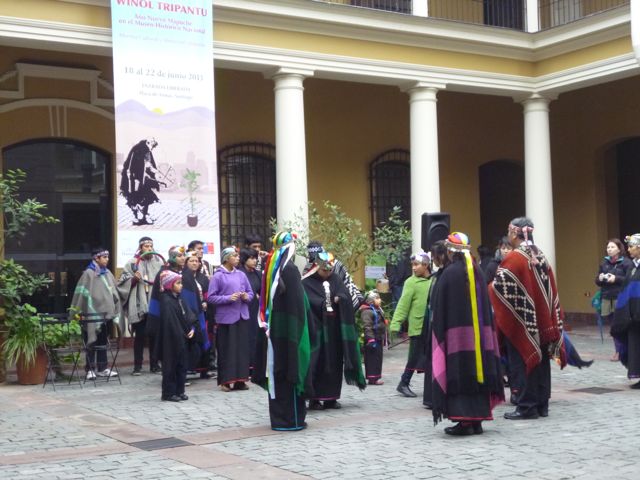

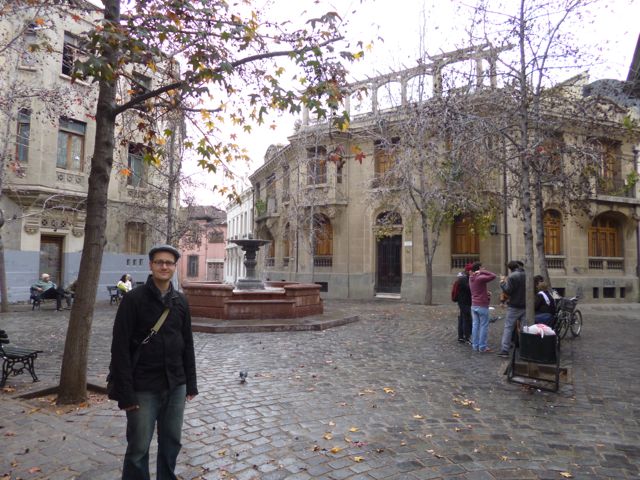
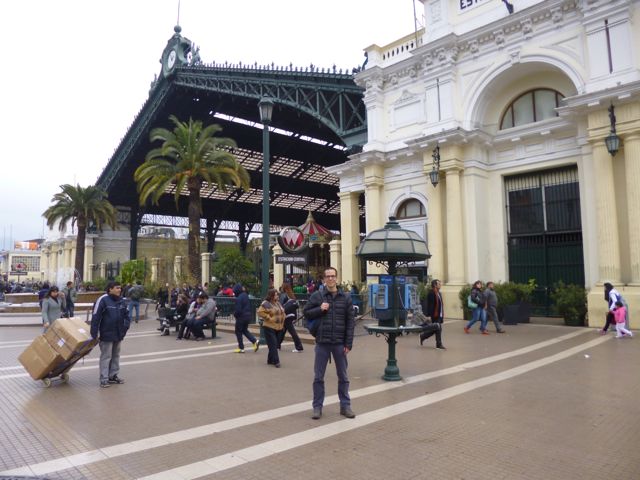
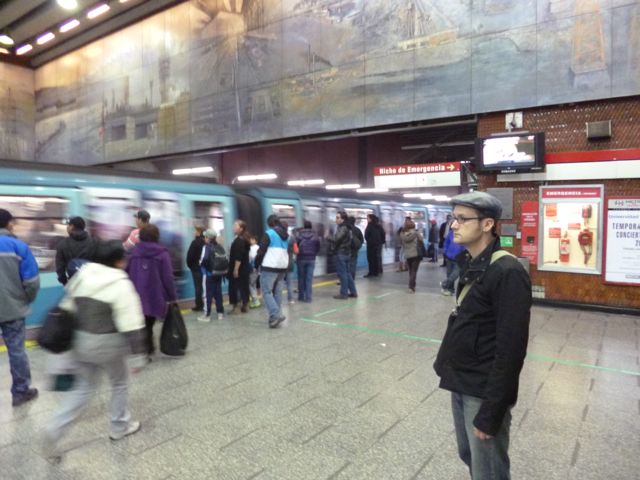
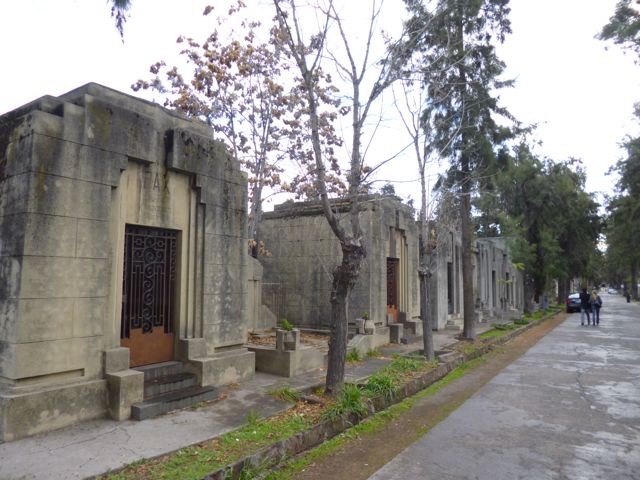



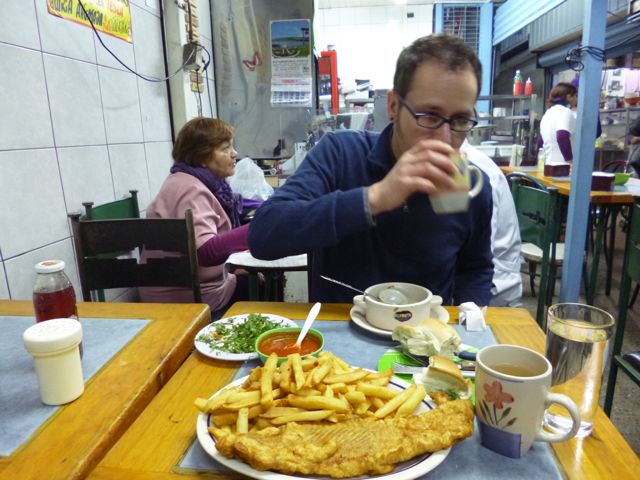

2 Comments